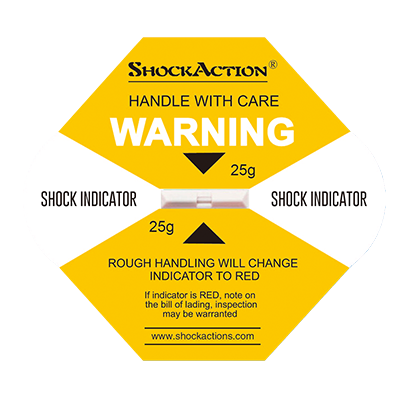As electronics continue to advance in complexity and value, ensuring their safe delivery from factory to end-user has never been more critical. Unlike most consumer goods, electronic devices are not only fragile in terms of structure—they are highly sensitive to environmental factors such as humidity, temperature, and static electricity. One mishandled shipment can result in significant losses, both financially and reputationally.
To protect electronic products during transportation, manufacturers and logistics teams must go beyond basic packaging. Proactive monitoring, climate control, and handling protocols are essential for minimizing risk.

Too much or too little moisture in the air can damage electronics. High humidity can cause condensation inside packages, leading to corrosion or short circuits. On the other hand, very dry air can increase the likelihood of electrostatic discharge (ESD), a major threat to circuit boards and microchips.
Best Practice: Maintain relative humidity levels between 40% and 80%. Use moisture-barrier bags and include desiccants or humidity indicator cards in packaging to ensure optimal storage conditions during transit.
Electronics can be vulnerable to both high and low temperatures. Batteries, in particular, have a narrow safe storage range and may degrade if exposed to heat or cold. Hard drives and other components also risk performance loss or failure when exposed to freezing conditions or excessive heat.
Best Practice: Use insulated packaging materials to buffer temperature shifts. For sensitive cargo, integrate temperature data loggers that record conditions throughout the journey. This helps with both real-time alerts and post-delivery quality checks.
Constant vibration from trucks, planes, or conveyor systems can damage solder joints or loosen internal connectors, especially over long distances. Even if the outer box remains intact, internal stress over time can reduce device reliability.
Best Practice: Use customized foam inserts and anti-vibration cushioning inside packages. Consider double-boxing for added absorption. For palletized goods, vibration-dampening cushions can reduce micro-shock during transport.
ESD can silently destroy sensitive electronic parts before they’re even unpacked. It can occur when materials rub together or are exposed to dry environments. The damage from static electricity is often invisible at first, only becoming apparent when a device malfunctions later.
Best Practice: Always pack electronic components in ESD-safe materials such as shielding or dissipative bags. Avoid excessive handling and train personnel on grounding and static precautions. Combine this with humidity control to reduce static buildup.
Impacts from drops or sudden shocks during handling can crack screens, break connectors, or damage internal assemblies. Electronics are often as sensitive as glassware when it comes to shock tolerance.
Best Practice: Use shock-absorbing materials matched to the product's fragility. Apply impact indicators on packages to deter rough handling and provide accountability. Labels such as “Fragile” or “This Side Up” should be visible, but technology-based indicators offer clearer evidence in the case of damage claims.

To truly protect electronics in transit, businesses must take a layered approach:
Protecting electronics during transportation is about more than just boxes and bubble wrap. With high-value, high-sensitivity products, every stage of the journey must be monitored and managed. Combining environmental awareness with smart monitoring tools allows manufacturers and logistics teams to reduce damage rates, improve customer satisfaction, and protect bottom-line profitability.
As a trusted provider of transport condition monitoring tools, AKS Technology empowers businesses with the insight and protection they need to ship electronics safely and confidently—anywhere in the world.
By continuing to use the site you agree to our privacy policy Terms and Conditions.